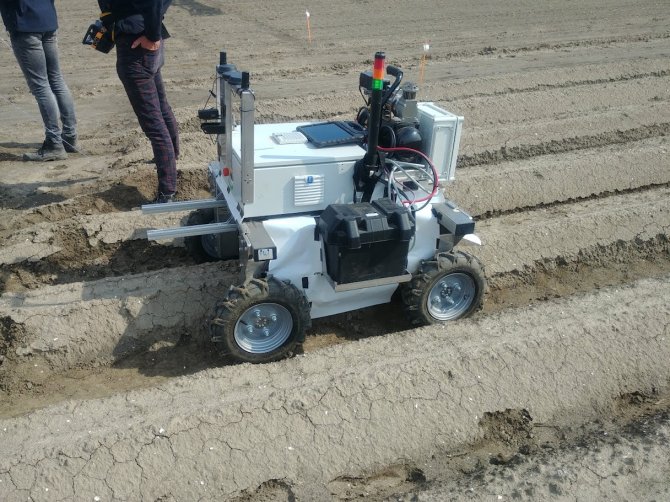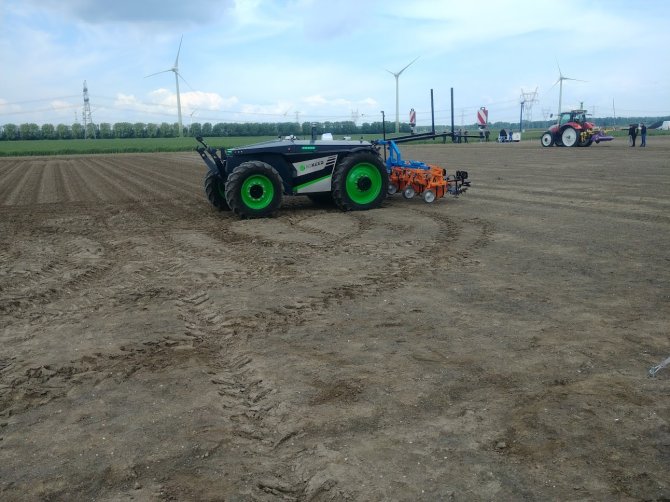
News
European Green Deal drives data-driven applications in crop protection
Protecting our crops is one of the most significant challenges we face in agriculture and food production. Because we are able to use fewer types and smaller quantities of plant protection products, we must search for alternatives. These are found mainly in the domain of data-driven applications and Artificial Intelligence (AI). WUR does extensive research on these options within the Agro Food Robotics programme.
We lose some pesticides because their impact on the environment is too great. And for some pesticides, the use must be reduced as part of the goals set out in the European Green Deal. This applies not only to herbicides but also to keeping crops healthy to ensure sufficient yields. Farmers must apply pesticides with much more precision.

Great strides have already been taken in developing mechanical and electronic crop protection methods. Spraying methods have been fine-tuned, and robots are deployed to deal with weeds. Weeds are electrocuted with great precision. Data-driven applications and AI are now added to these methods.
More plagues
‘Unfortunately, we expect the pressure from plagues to increase, rather than decrease’, says Ard Nieuwenhuizen, a researcher at Agro Food Robotics, Precision Agriculture. ‘This is one of the reasons that research in this domain is so important. Precision pest control and crop protection offer quite a few options. Cameras and sensors enable us to gather more and more accurate data on the crop’s state, weed populations and their appearance. Thus, we are able to take targeted action. We can spray at a plant level or use a precision robot to extract the weeds.’
We must interpret the data we gather during the course of the season
A major challenge is that the circumstances are far from consistent, unlike in, for example, industrial situations. Each season is different, and the crops and cultivars (maize, wheat, and sugar beets) are also prone to change. ‘Due to the emergence of new, resistant breeds, appearances may change. And a crop may suddenly change colour after a night of frost. These alterations may appear a lot like the effects of a pathogen’, says Nieuwenhuizen. ‘This is why the interpretation of data is very important.’

Monitoring crops throughout the season
Another challenge is provided by the vast amount of data the cameras and sensors provide. Interpreting the data and making the correct decisions based on said data is far from easy: when and how much fertilisation is needed? Nieuwenhuizen: ‘Until recently, crop farmers would spray their entire acre with pesticides or fertilisers at a fixed moment during the season, based on a fixed algorithm. Now, we must interpret the data we gather during the course of the season to fine-tune the algorithms. This is new for all involved; for the researchers, the farmers and growers, and for the machine builders.’
‘We are also working on developing self-learning algorithms and the question of how much input is required from the user before such an algorithm works well. Fantastic research that is currently still in its infant stages. We are nowhere near finished. But, the beauty is: we do this in collaboration with the clients, who really see artificial intelligence as the technology of the future.’